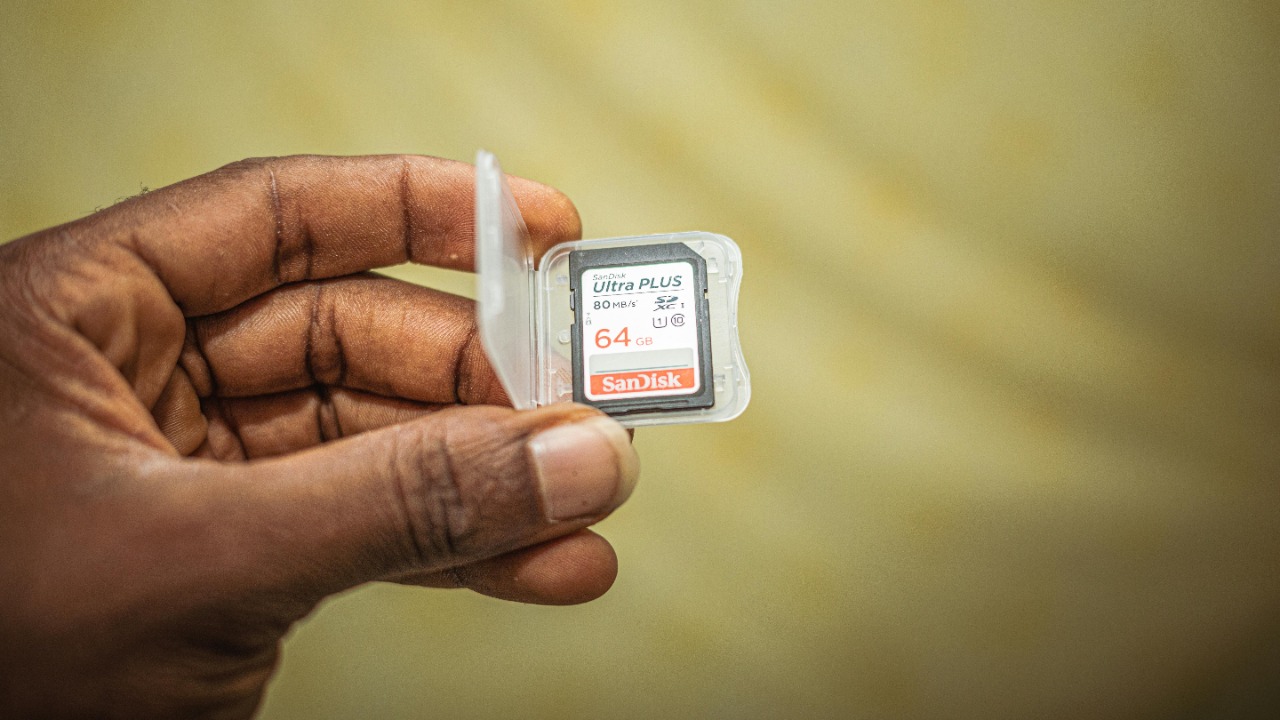
In a significant development, investigators exploring the wreckage of the ill-fated Titan submersible have unearthed a camera with an intact SD card. This discovery, made amid the crumpled debris of the submersible that imploded during a dive to the Titanic site in 2023, could potentially offer new visual evidence of the final moments leading up to the catastrophic event that claimed five lives.
The Titan Submersible Implosion
In June 2023, the OceanGate Titan submersible embarked on a dive to the Titanic wreck, located at approximately 3,800 meters depth in the North Atlantic. However, communication with the submersible was lost 1 hour and 45 minutes into its descent. The confirmation of the implosion came on June 22, 2023, when a multinational search involving the U.S. Coast Guard, Canadian forces, and private vessels detected debris consistent with a catastrophic pressure failure.
The tragedy claimed the lives of five individuals: Stockton Rush, CEO of OceanGate, Hamish Harding, Shahzada Dawood, Suleman Dawood, and Paul-Henri Nargeolet. The loss of these lives underscored the inherent risks associated with deep-sea exploration and the need for rigorous safety measures.
Recovery Operations at the Wreck Site
Following the incident, salvage missions were launched to map and recover fragments from the ocean floor near the Titanic ruins. These missions employed remotely operated vehicles (ROVs) from entities such as RMS Titanic Inc. and the U.S. Coast Guard. However, the recovery operations were fraught with challenges, including extreme depths, strong currents, and the disintegration of the sub’s carbon fiber hull into thousands of pieces scattered over a 300-meter area.
Expert teams from the Woods Hole Oceanographic Institution were also involved in documenting the wreckage for forensic analysis. Their expertise was instrumental in navigating the complex underwater terrain and gathering critical data for the investigation.
Details of the Camera Discovery
The camera, identified as part of the sub’s internal recording equipment, was discovered embedded in the crumpled forward section of the Titan’s hull during a 2025 ROV survey. Remarkably, the SD card within the camera was found to be fully intact and waterproof-sealed, having survived the implosion’s 5,000+ psi pressures due to its protective casing. This discovery was made possible by the meticulous efforts of the recovery teams and the resilience of the technology used in the submersible.
The extraction process of the device was a delicate operation. The device was carefully retrieved using manipulator arms on the ROV, ensuring no further damage to the surrounding debris. This successful extraction has opened up new avenues for understanding the sequence of events leading to the sub’s destruction.
Technical Analysis of the SD Card
The U.S. National Transportation Safety Board (NTSB) conducted the initial forensic examination of the SD card to verify its data integrity and compatibility with standard recovery tools. The SD card is expected to contain high-resolution video footage from the sub’s descent and interior cameras, capturing passenger activities up to the implosion. Such data could provide invaluable insights into the final moments before the catastrophe.
Given the sensitive nature of the data, precautions were taken against data corruption. The extraction was carried out in a controlled environment in a specialized lab to prevent exposure to saltwater residue, ensuring the preservation of the data.
Implications for the Official Investigation
The SD card could corroborate prior findings from acoustic data and hull simulations indicating a sudden structural failure mid-dive. This discovery could potentially accelerate the Marine Board of Investigation’s ongoing probe, launched in 2023, by providing direct visual timelines of the incident.
Moreover, this development could have regulatory impacts, prompting reviews of experimental submersible certifications by the International Maritime Organization. The findings from the SD card could inform future safety protocols and standards for deep-sea exploration.
Reactions from Experts and Families
William Kohnen, a critic of OceanGate, referred to the discovery as “a potential game-changer for understanding the human element in the tragedy.” This sentiment underscores the significance of the find and its potential to shed light on the human factors contributing to the incident.
The families of the victims have also expressed their views on the discovery. The Dawood family, for instance, expressed hope that the footage would honor their loved ones’ final expedition. This sentiment reflects the emotional weight of the discovery and its potential to provide closure to the grieving families.
From a technical perspective, divers and engineers have noted the rarity of such survivable tech in deep-sea implosions, drawing parallels to past incidents like the 2000 Kursk submarine disaster. This observation highlights the exceptional nature of the discovery and its potential to contribute to our understanding of deep-sea disasters.
More from MorningOverview